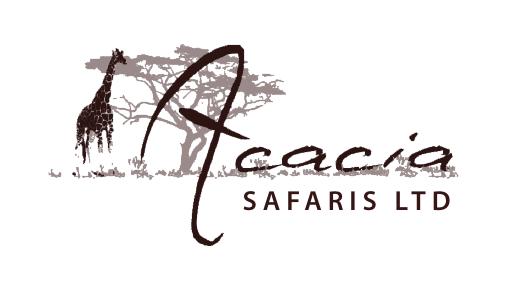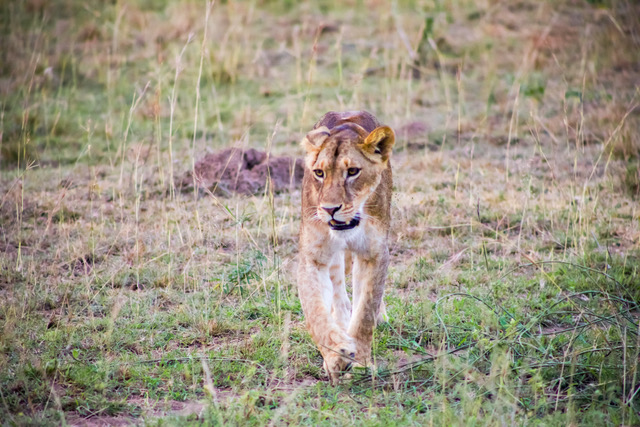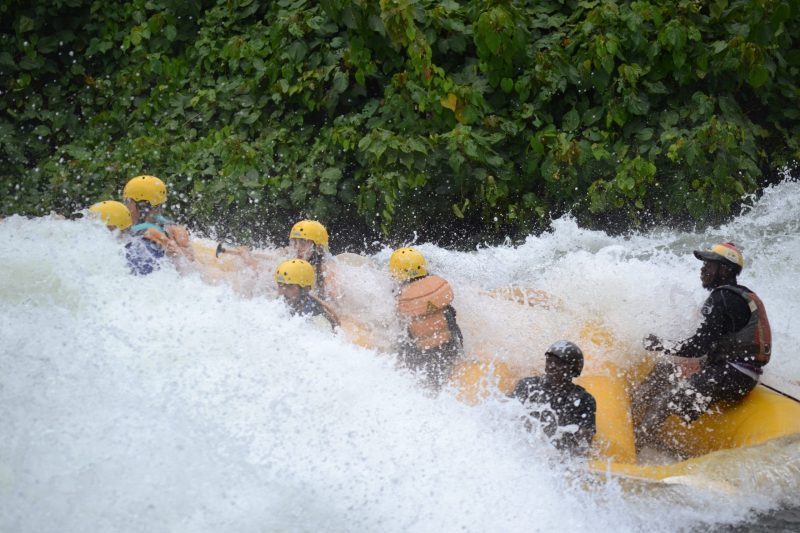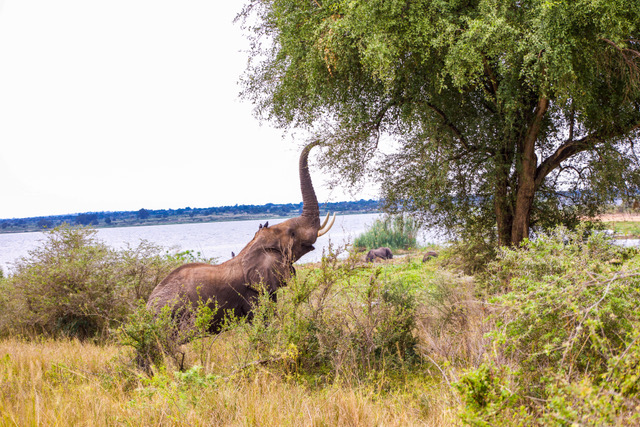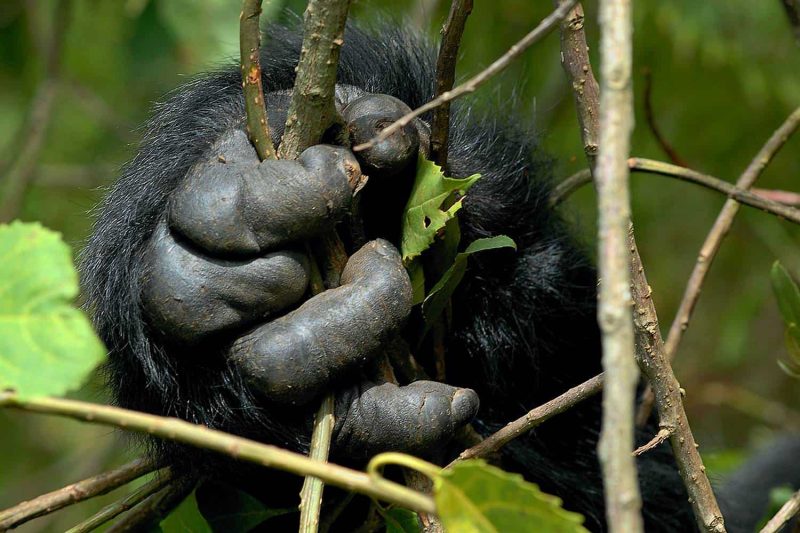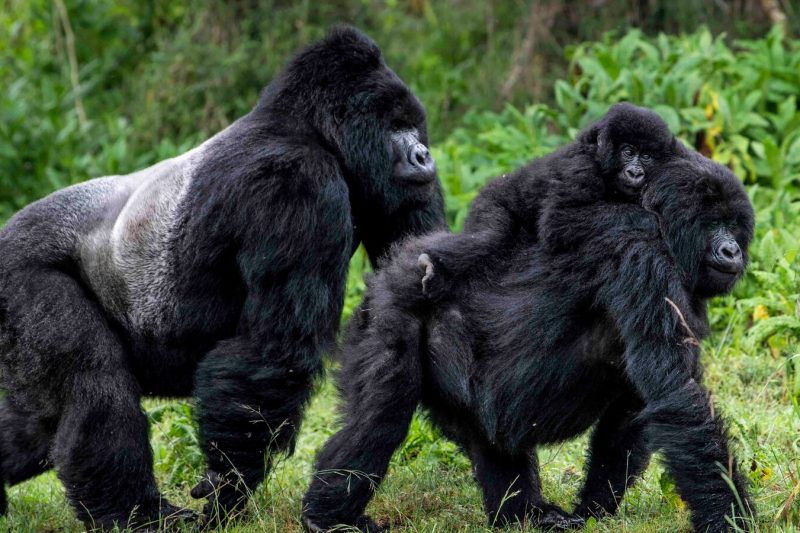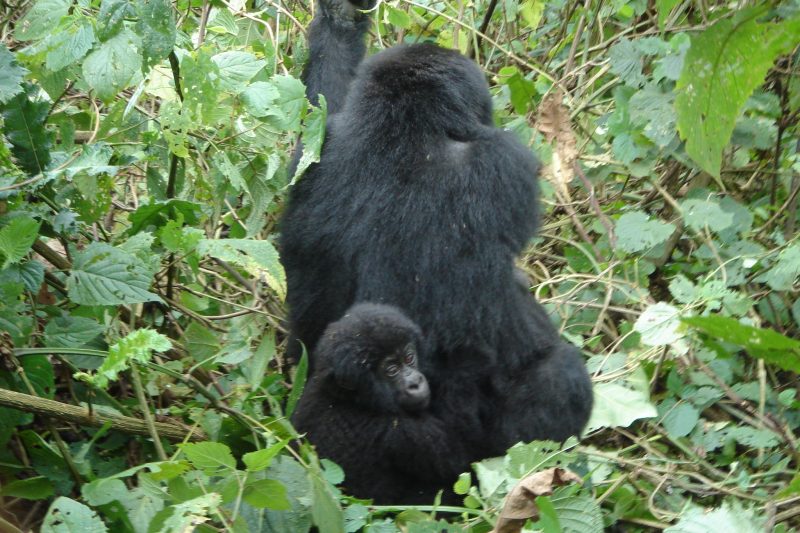About Uganda | All You Need to Know About Uganda | Uganda Safaris
About Uganda History And Economy
Indigenous peoples settled in Uganda about 50,000 years ago, including the Batwa Pygmy. The Batwa pygmies are hunter-gatherer communities displaced by the arrival of shepherds and farmers in Central Africa.
The development of political dynasties developed a pre-colonial history and when Arab and European slave explorers, traders, and carpenters arrived in the region, the Buganda kingdom was well established. Britain colonized independence and gained independence in 1962, but Uganda did not experience social stability and economic growth until the mid-1980s, after the disastrous regimes of Milton Obote and Idi Amin.
Fertile soils and regular rainfall mean an economy based on agriculture. Income crops such as coffee, tea, cotton, and tobacco dominate the export market, but most agriculture in Uganda is subsistence agriculture and accounts for around 75% of the workforce. With large reserves of minerals, gas, and oil planned for future development, tourism is proving to be a growing economic sector.
People And Culture
Uganda’s 56 million people are concentrated in the water-rich southern and western regions, with the Kampala-based Baganda group being the largest ethnic group in the country. Although there are around 40 regional languages, Swahili and English are the two official languages in Uganda.
Religious beliefs are primarily based on Christianity, although Islam is strong in Uganda’s Asian community. Keep in mind that Ugandans have a lot of respect for their ancestors. Uganda is a conservative country and visitors are advised to adhere to local codes of conduct. That said, visitors often comment on the friendliness and kindness of the locals.
About Landscape and Nature Safari in Uganda
Uganda sits in a watershed between the eastern and western branches of the Great Rift Valley, and Uganda’s high elevation means a milder climate than its tropical location would suggest. Most of the country is over 1,000 meters high and relatively flat, except for the wooded mountain ranges that often mark its borders.
The landscape of one of the wettest wetlands in Africa (25% of Uganda is covered by lakes, rivers, and wetlands) is lush for most of the year, from degrees of northern Uganda to semi-deserts, covered with lush vegetation. Such environments produce amazing biodiversity. Mountain gorillas, chimpanzees, and other forest animals live in the hills and mountain forests of Uganda.
Savannah Parks (Queen Elizabeth National Park, Kidepo Valley National Park, Lake Mburo National Park, and Murchison Falls National Park) has a classic, if understated, view of the game. on the scale of Kenya or Tanzania.
Highlights of Uganda’s wildlife safaris include gorilla trekking in Bwindi Impenetrable Forest, chimpanzee encounters in Kibale Forest National Park, and bird safaris. With nearly 1,000 recorded bird species, Uganda is one of the best birding destinations in the world.

